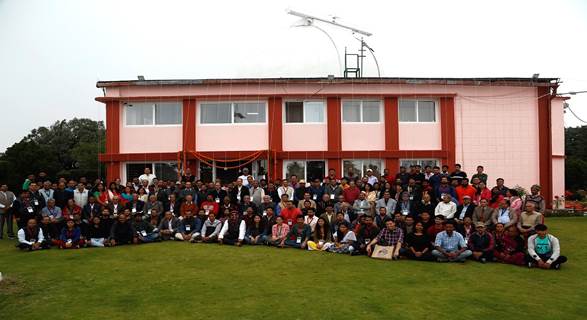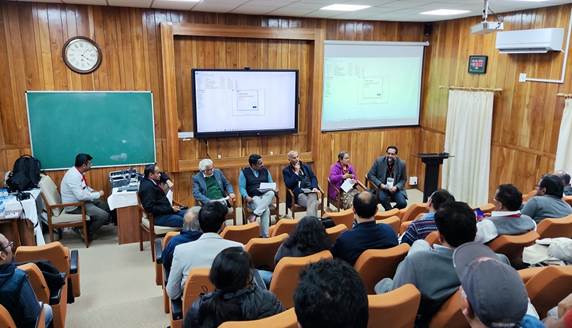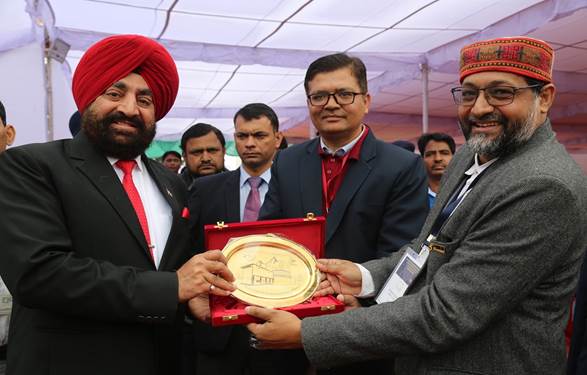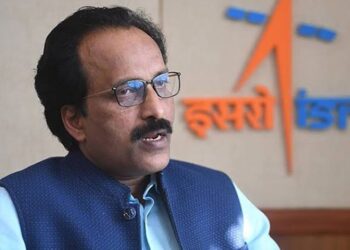The Governor of Uttarakhand, Lt. General Gurmit Singh (Retd.) highlighted the need for discussing future possibilities of the 104 cm Sampurnanand Telescope (ST), a world-class telescope located near Nainital, at a workshop organised to commemorate the completion of 50 years of successful operations of the telescope.
Mr Singh felicitated former astronomers, research scholars, and staff members who contributed to the operation of this telescope and expressed hope that the contributions from the scientists and the technological capabilities will aid the progress of our country shaping the pathway for a developed nation in future, at the workshop organised by the Aryabhatta Research Institute of Observational Sciences (ARIES), an autonomous institute of the Department of Science and Technology (DST). “Question is the mother of wisdom,” he added, encouraging young scientists.
The 3-day workshop on ‘Role of meter class telescopes in modern-day astronomy’ was conducted during 17-19 October as part of Azadi Ka Amrit Mahotsav celebrations at ARIES. About 150 participants from various institutes and universities in different parts of the country, including many alumni and present ARIES members, attended the workshop. The deliberations focussed on astronomy with moderate-size optical telescopes with science sessions such as ‘Impact of ST in Growth of Astronomy in Early Days’, ‘Star Formation and Star Clusters’, ‘Stellar Polarimetry’, ‘Stellar Variability’, ‘High Energy Transients’, ‘Galaxies and Active Galactic Nuclei’ and ‘Engineering Upgradations’. A panel discussion on ‘Future Instrumentations’ was also organised on the future science capabilities of the telescope.

“Astronomers of four generations discussed the utilisation of this unique facility. How the telescope can be utilised optimally in the future for best science has been the focus of the panel discussion,” said Prof. Dipankar Banerjee, Director, ARIES.

Several former scientists, who had used 104cm ST for observations during the last 50 years, shared their experiences as well as the research impact of the telescope in the field of astronomy. On this occasion, a short documentary film presenting the 50-year-long journey of the telescope was released. A photobook presenting major science highlights and the history of the telescope was also unveiled by the former and present directors of ARIES, and senior astronomers of the country. The participants also visited the 104cm Sampurnanand Telescope facility and reminisced about the time they spent with this telescope.
The telescope at Manora Peak was established in 1972 when ARIES was known as the UP State Observatory (UPSO). It has been extensively used for optical observations of comets, occultation by planets and asteroids, star-forming regions and star clusters, variable stars, transients, active galactic nuclei, etc. Some of the breakthrough science results contributed by the telescope include the discovery of new rings around Saturn and the rings of Uranus. The instrumentation and science capabilities of ST have paved the way for setting up National and International facilities by ARIES, such as the 3.6m DOT and the 4 meter International Liquid Mirror Telescope at Devasthal.
The details and other resources are available here: https://www.aries.res.in/50_years_of_ST/
Source:PIB







 Finance
Finance







